Lice myths you still believe
Anyone who’s ever had to remove lice and nits from their child’s hair knows these critters are pesky and can seem to come back over and over, even when you think you’ve killed them all. But even if you’ve dealt with them before, you might still have some incorrect assumptions and misconceptions about lice. Here are the myths you should stop believing, according to experts.
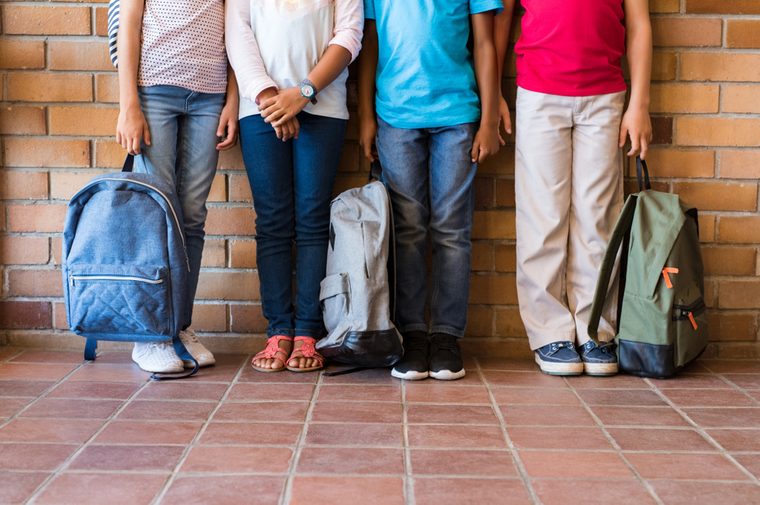
Your child will have to miss a lot of school
Finding out that your child has lice causes immediate visions of washing every fabric in your home while your child misses days to weeks of school. Although many schools have a “no nit policy” that requires your child to be free of nits (lice eggs) before returning, that is not necessary.
“Head lice are treatable and experts no longer recommend that a child be taken out of school for having head lice,” says Amesh A. Adalja, MD, a senior scholar at the Johns Hopkins Center for Health Security. According to the American Academy of Pediatrics, research shows that no-nit policies do not prevent lice transmissions and can even lead to social stigma and poor academic performance.

Lice only happen to young children
Most people assume that lice are more likely to spread through a classroom of first graders than through high school freshmen, but that is changing and for an unexpected reason. “Watch the selfies,” warns Laz Versalles, development director at Accesa Labs. “A study at Oxford University showed that kids who use their cell phones to huddle up for selfies or to watch online videos are more than twice as likely to spread lice.” Before your teens break out the phone for their next selfie, be sure to discuss with them why it raises their risk of getting lice.
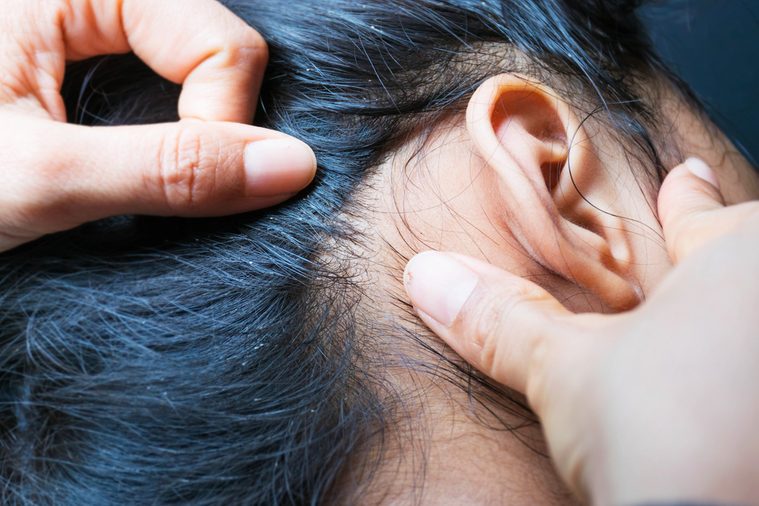
Lice can jump
One reason a lice infestation feels scary is that people assume that lice can jump from one head to the next. That’s incorrect—lice cannot jump or fly.
“I often remind my patients that head lice are transmitted by direct contact with an infected person,” says Dena Nader, regional medical director at MedExpress. “Lice do not jump or hop to others nearby, and they do not discriminate when it comes to hygiene.”
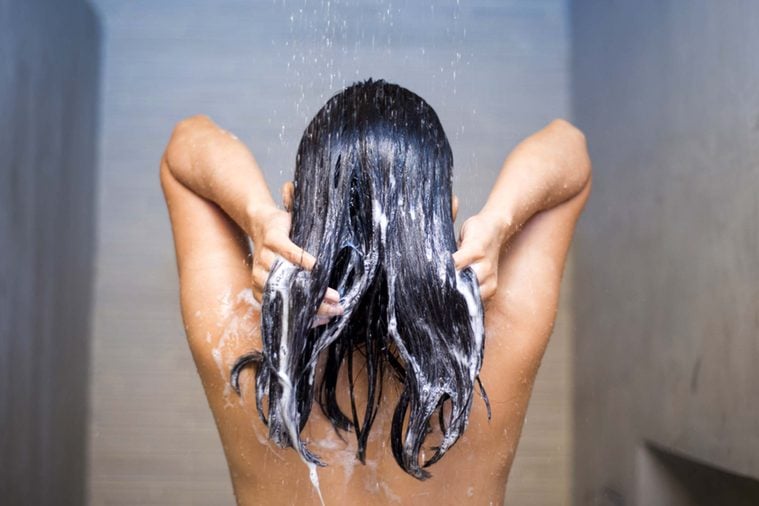
People with poor hygiene are more likely to get lice
Getting lice often comes with a sense of shame—people tend to assume that the parasites only infest people who neglect their hygiene. Again, that’s not true.
“One myth is that only people who are unclean get lice,” says Lisa Lewis, MD, a pediatrician in Fort Worth, Texas. “Actually, lice don’t adhere easily to oily, greasy, or dirty hair. They love to infest nice, clean, dark, thick hair.” (Check out these hygiene mistakes that could be making your children sick.)
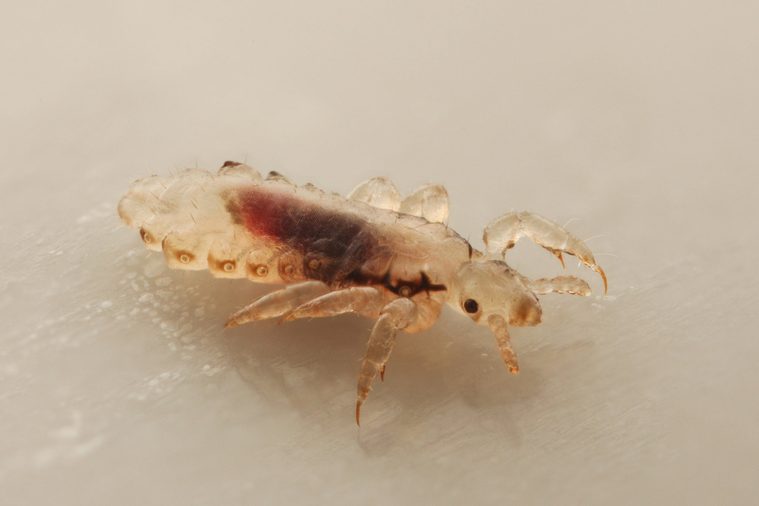
Lice are filthy insects
While there is a definite ick factor, lice don’t actually carry disease or pose any other danger to human beings—although the impact on mental health can be real given how hard they are to eradicate.
“While I understand that any insect in the hair can cause alarm, lice aren’t known to cause illness or disease,” says Dr. Lewis. “They merely live on their host’s head.”
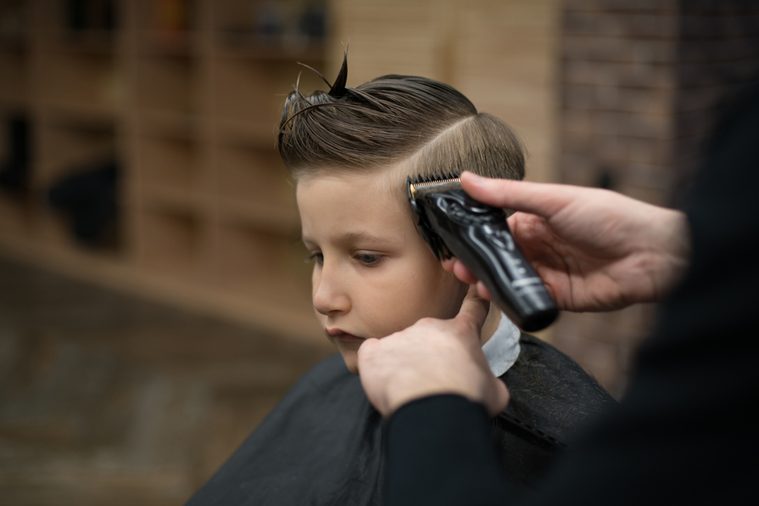
People with short hair don’t get lice
If lice live in your hair, having less hair should lower your risk for getting the little bugs, right? It turns out, the length of your hair won’t protect you.
“Lice can attach to short or long hair, so boys with buzz cuts can still get lice,” says Katie Meyer, MD, a pediatrician with Dignity Health Medical Group. Focus more on avoiding head-to-head contact rather than booking an emergency haircut.
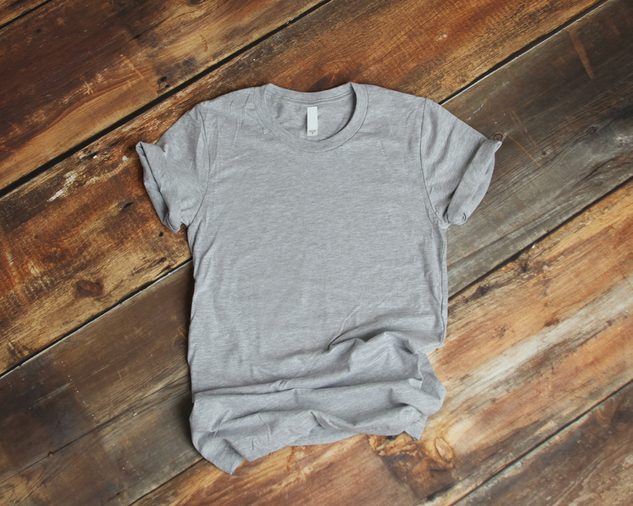
Lice can live on fabric for weeks
If you have a stuffed animal-loving little one, a lice infestation may have you thinking about tossing their favorite stuffed toys. But don’t—lice can’t last long without a host.
“While head lice can live off of the scalp for a little while, it is not that long. Typically, head lice can survive off of the head for about 24 to 48 hours,” says Dr. Meyer. “So they aren’t going to lay dormant in furniture, clothes, or bedding.”
Most recommendations for getting rid of lice include washing pillows, towels, and bedding. You can seal stuffed animals and other toys you can’t wash in a plastic bag for two weeks to ensure lice are dead. (Here are 21 reasons your scalp could be itchy that have nothing to do with lice.)
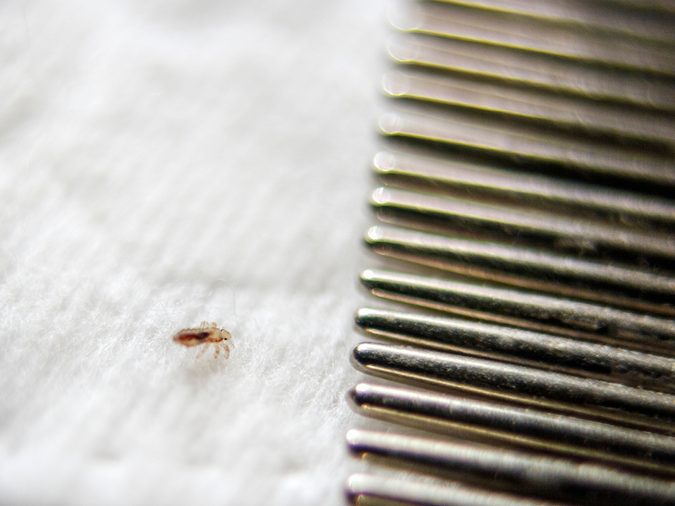
Having nits means you have lice
If you have ever been the lucky parent who was asked to help out with your school’s lice screening efforts, you were probably told to look for tiny white eggs resembling sesame seeds. These nits are glued onto the hair shaft, so they can stick around even if they are no longer viable. While these eggs or nits could indicate a current lice problem, they could also be empty eggs posing no risk. If the nits are more than one-fourth inch away from the scalp, they are most likely from an old infestation.

Home remedies are a cure-all
One quick Google search can turn up countless natural remedies promising to cure lice without a trip to the doctor—but be wary. “I’ve had patients say they’ve tried to treat lice using home remedies they heard about online, including mayonnaise, Listerine, and olive oil,” says Chirag Shah, MD, a board-certified emergency medicine physician. “Most medical practitioners would consider the idea that those treatments will cure lice to be a myth.” (Although there are some nontoxic lice-killing methods that may help.)
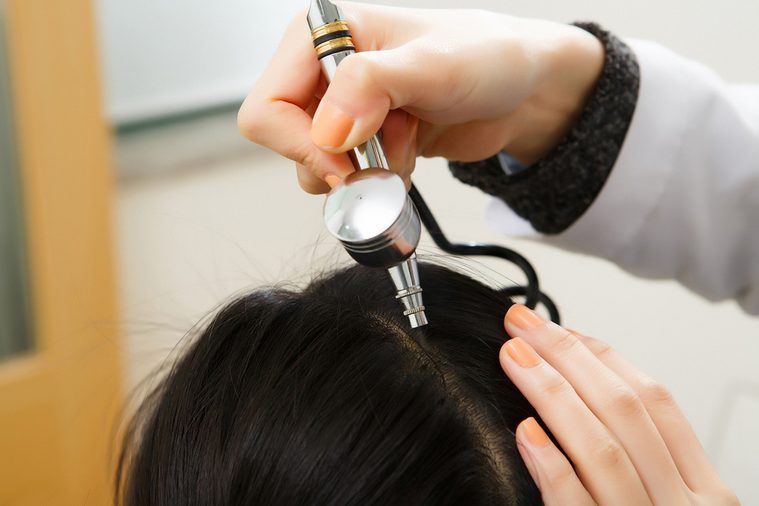
You don’t need to see a doctor
Even though lice don’t pose a health threat, you should still check in with your doctor if you suspect that you or your children are infected.
“While there are over-the-counter treatments available to eradicate lice, I recommend you check with your doctor prior to using these treatments,” says Dr. Meyer. “Also, you should see your pediatrician any time the over-the-counter treatments have failed to work for your child. In some cases, prescription medications are required to effectively treat head lice.” (Read the 10 home remedies for lice that really work.)
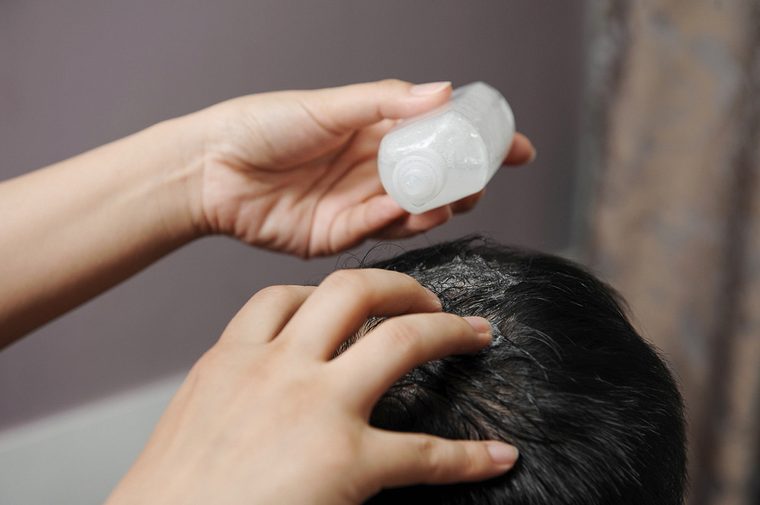
Over-the-counter products will do the trick
While over-the-counter products effectively treated lice in the past, they may no longer be strong enough. “There are several over-the-counter treatments, but unfortunately, there now exist ‘super lice’ in many states that are resistant to these remedies,” says Heather Finlay-Morreale, MD, a pediatrician in Sterling, Massachusetts. “If you contact your physician, there are several prescription options.” (Check out the map that shows where lice have become resistant to standard treatments.)
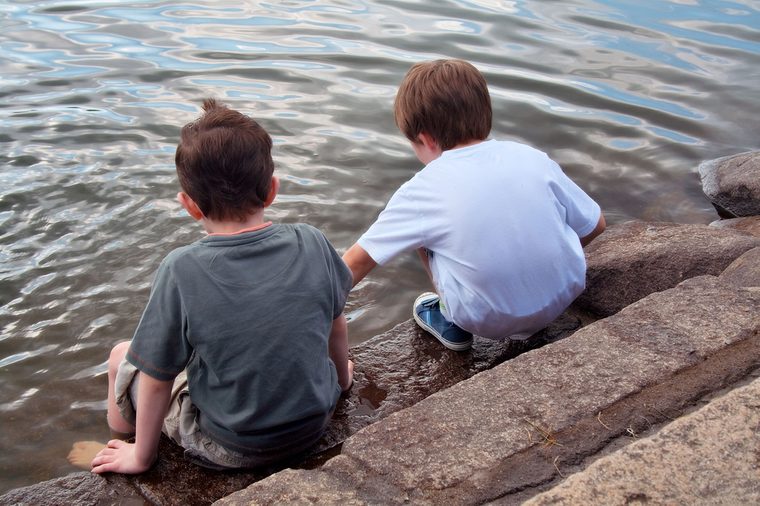
You can catch lice while swimming
You may have heard that an innocent dip could lead to an infestation—don’t believe it. Although lice can survive underwater for several hours, it is unlikely that they’d be able to swim over to your head or your child’s. Lice like to stay attached to hair, so you don’t need to worry about them at the pool or the shore.
